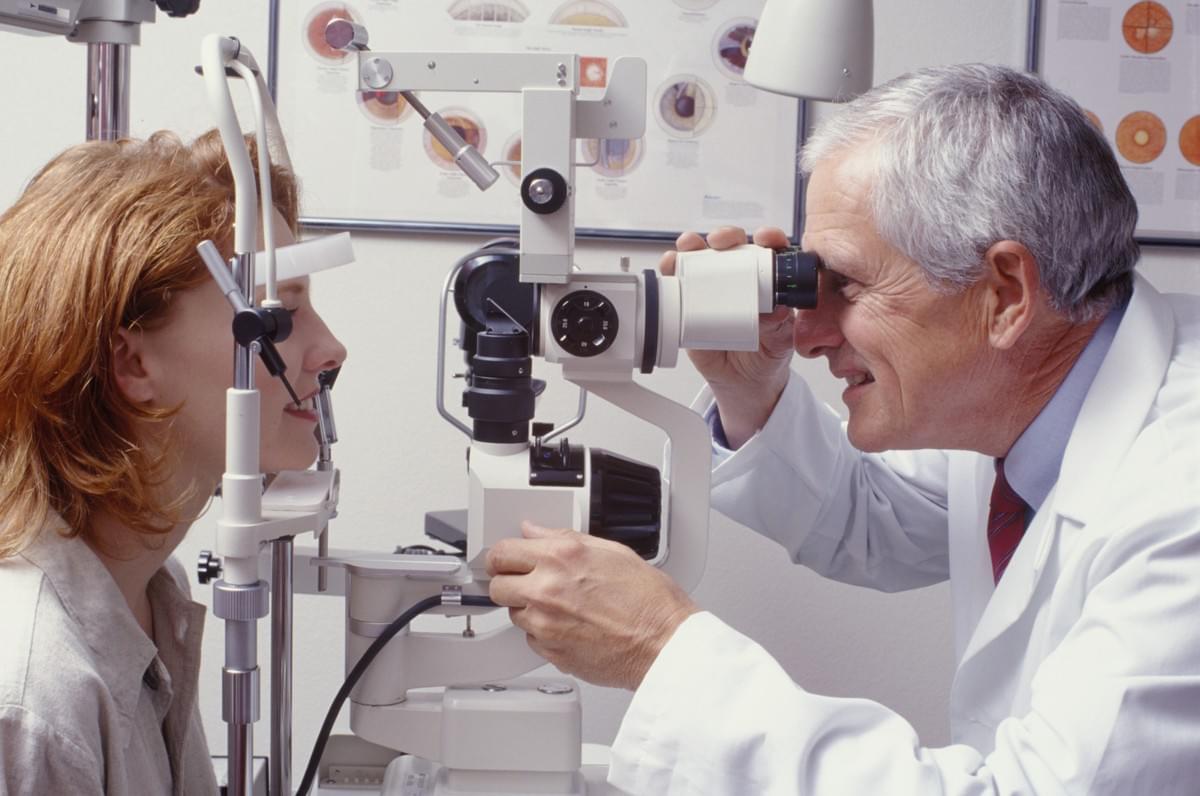
The first step to treating dry eye disease is the use of artificial tears. There are two types of these products: preserved and unpreserved. Preserved tears are easier to apply and may be more convenient. However, some people are sensitive to preservatives, so it is important to use unpreserved tears if you have a history of dry eyes. Then, you should limit your use of cold and allergy medicines, and you should also apply warm compresses to the affected eye.
The symptoms of dry eye disease are multifactorial. Inflammation plays a key role. Factors that adversely affect tear film stability and osmolarity cause inflammation that damages ocular surfaces and initiates a self-perpetuating inflammatory cycle. Once the ocular surface is damaged, more damage occurs due to an over-reactive immune response. In addition, medications and other conditions can aggravate the condition, and the symptoms can become worse and should therefore be addressed by a certified expert from this site https://mycorneacare.com/dry-eye-disease/.
Treatment for dry eye disease depends on the causes. Various medications may not be effective or are only temporary. The best treatment for this condition is a holistic approach. Using a combination of lifestyle modifications, a proper diet, and eye exercises can improve vision. Additionally, there are other natural remedies that can help treat dry eye. One of these treatments is an over-the-counter artificial tear solution. You can buy the drops in any drugstore without a prescription.
There are many ways to treat dry eye disease, but the most common one is through the use of medications. Meibomian gland dysfunction (MGD) is one of the most common causes of dry eye. The glands of the eye's eyelids secrete oily outer layer of the tear film. Inflammation may result in an uneven distribution of oil in the tear film. This in turn leads to an increase in evaporation of the tear film. The condition is also linked to lower humidity.
The symptoms of dry eye disease are characterized by watery eyes, blepharitis, and a burning sensation. The condition can cause blurred vision, discomfort, and fatigue, and it can even cause contact lens wearers to experience pain. Symptoms of dry eye disease can vary, but the most common are: a. A person with a dry eye will often have some degree of redness or irritation in the eye.
In addition to the presence of proinflammatory cytokines, some individuals have a more pronounced risk of developing dry eye disease. Certain prescription medicines may increase the risk of developing dry eye disease. For example, antihistamines, birth control pills, and sulfa drugs may increase the risk of dry eye. Other common causes include incomplete eyelid closure (lagophthalmos) which can result in corneal ulcers. Lagophthalmos can be caused by genetics, infection, and nerve damage.
This link https://www.britannica.com/science/eye-disease will open up your minds even more on this topic.